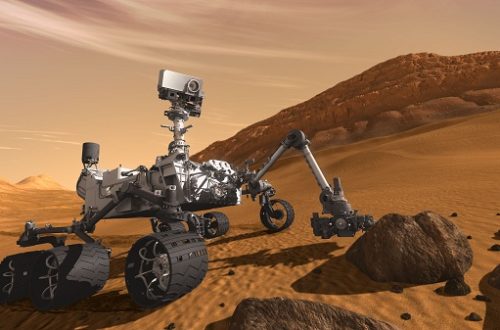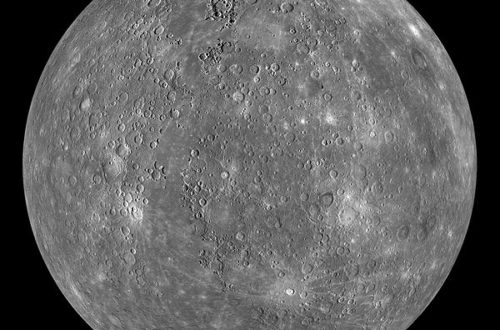Monthly Stargazing Calendar for November 2012
Looking for the November 2025 stargazing calendar?
The month of November will be quite eventful when it comes to astronomical events, especially the second half of the month when we will be able to observe two eclipses, a meteor shower and a planetary conjunction.
First of all, on November 13 there will be a total solar eclipse. Unfortunately, the path of totality will only be visible in parts of extreme northern Australia and the southern Pacific Ocean. However, a partial eclipse will be visible in most parts of eastern Australia and New Zealand. Below are the details of the eclipse courtesy of NASA:
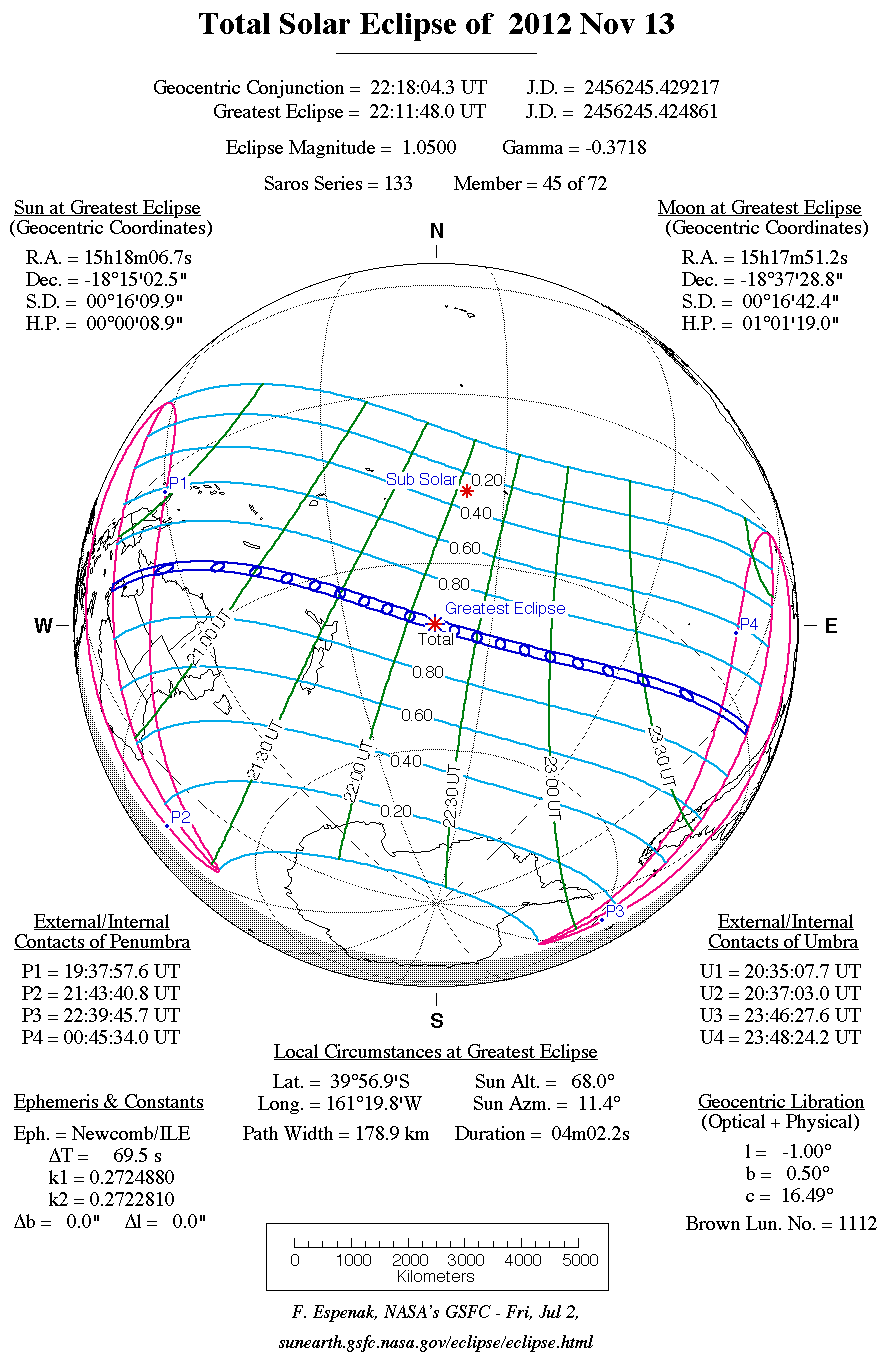
Would you like to be notified of stargazing events?
Then on the night of November 17 and 18 we will witness the Leonids meteor shower. This is one of the better meteor showers to observe because it produces an average of 40 meteors per hour at its peak. The shower itself has a cyclic peak year every 33 years where hundreds of meteors can be seen each hour. The last time this occurred was in 2001. Although the shower usually peaks on November 17 and 18, you may see some meteors as early as November 13 all the way up to the 20th. The crescent moon will not cause much trouble so this should be an excellent show. The shower will appear to radiate from the constellation of Leo. A dark location far from city lights is recommended for best viewing.
 Meteor from the 2009 Leonid meteor shower. Photo by Ed Sweeney.
Meteor from the 2009 Leonid meteor shower. Photo by Ed Sweeney.
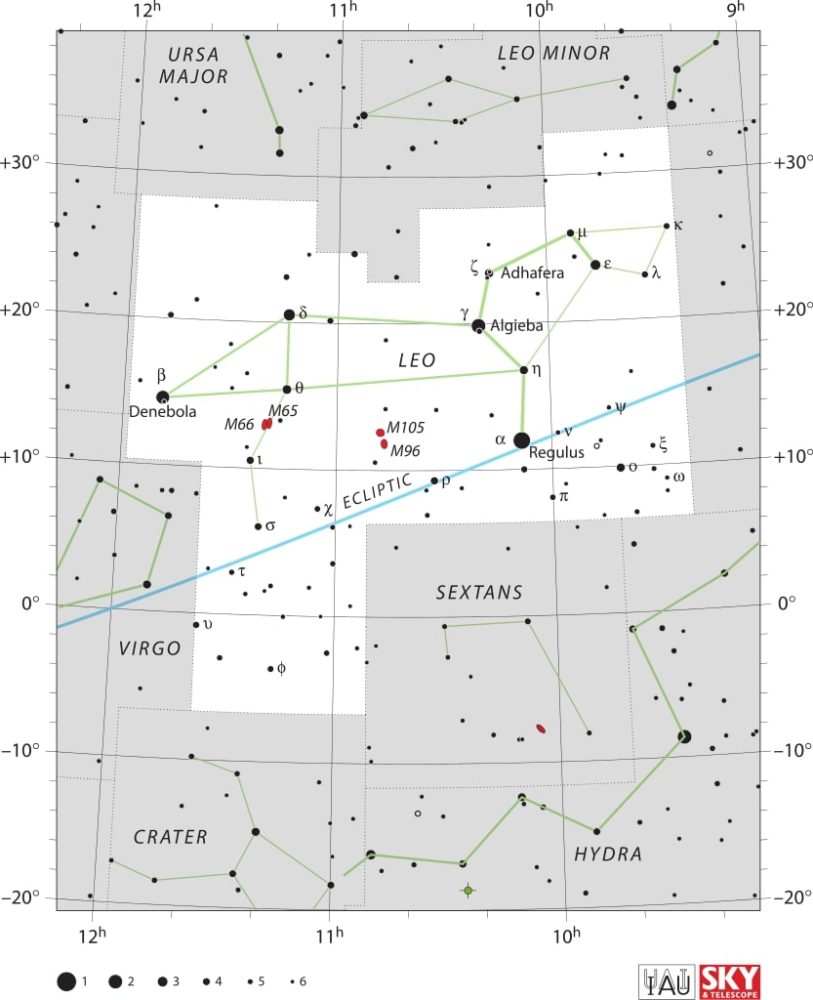
On November 27 there will be a conjunction of Venus and Saturn. This means that these two bright planets will be visible within 1 degree of each other in the morning sky within the constellation of Virgo.
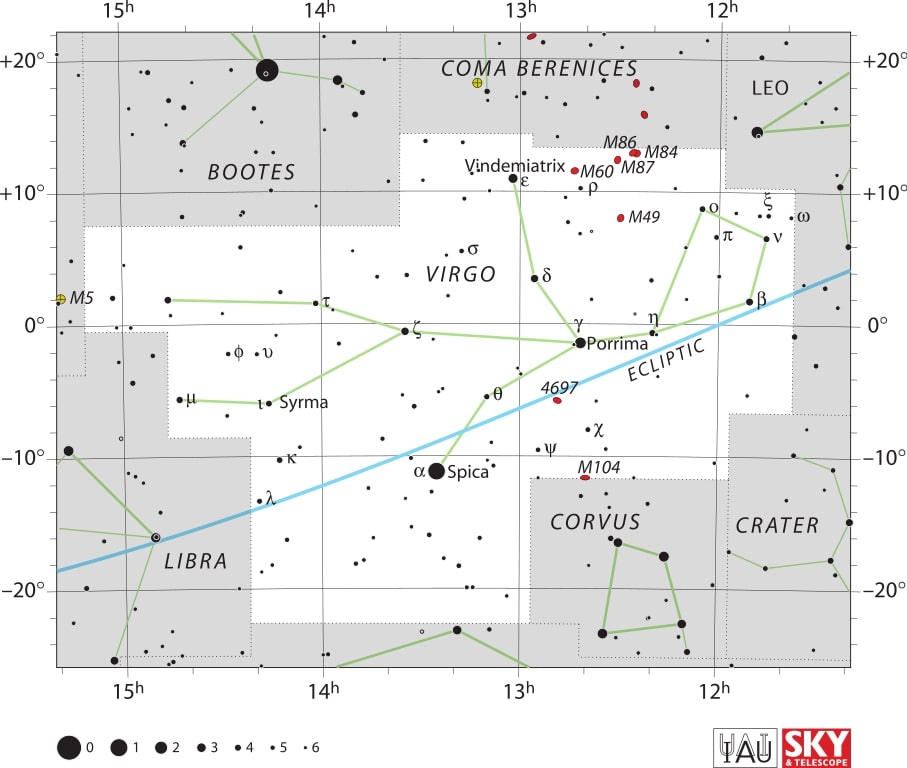
Finally, on November 28 there will be a penumbral lunar eclipse. The eclipse will be visible throughout most of Europe, eastern Africa, Asia, Australia, the Pacific Ocean, and North America. Below are the details of the eclipse courtesy of NASA:
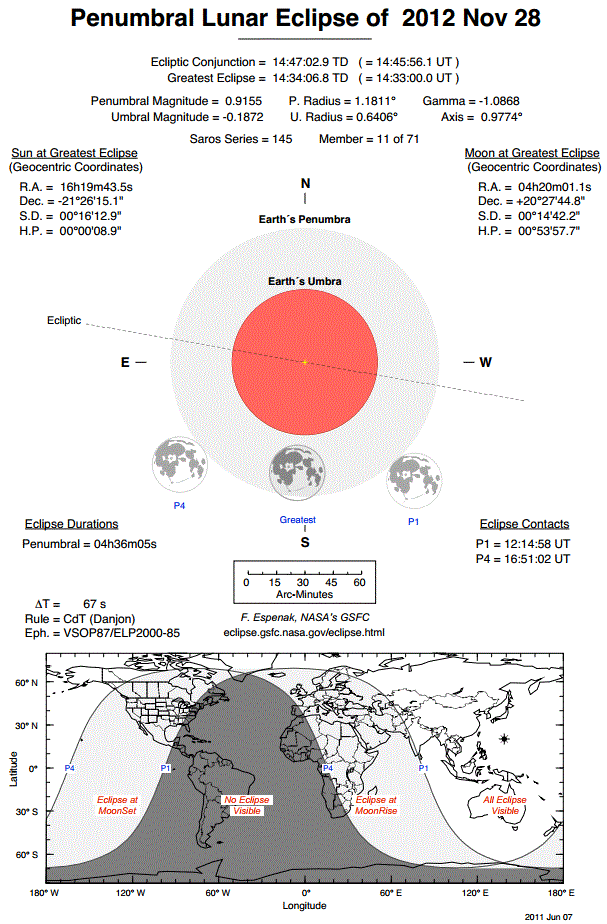
Moon phases
As you know, the Moon has a big impact on the visibility of celestial bodies in the night sky. So here are the Moon’s phases for this month:
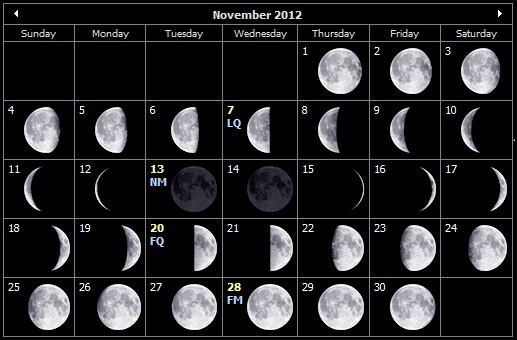
Positions of the planets this month
Mercury: The closest planet to the Sun can be seen at dawn and dusk in the constellation of Scorpius. This planet, being the closest to the Sun, will appear to move quickly in the night sky and its position will change in the following weeks.
Venus: The sister planet can be seen in the constellation of Virgo, not far from the planet Saturn. The two planets will get as close as one degree of each other during the conjunction of November 27. Just like Mercury, Venus can only be seen at dawn and dusk.
Mars: The red planet can be seen in the constellation of Ophiuchus.
Jupiter: The gas giant is visible in the constellation of Taurus. Jupiter can easily be spotted with the naked eye, even in highly illuminated cities.
Saturn: The ringed giant can be seen with the naked eye in the middle of the Virgo constellation, not far from the bright star Spica.
Uranus: The gas giant can be seen between the constellations of Pisces and Cetus with the use of a telescope.
Neptune: The blue giant requires a telescope pointed in the constellation of Aquarius in order to be seen.
Major astronomical events next month
- December 3 – Jupiter at opposition
- December 13, 14 – Geminids meteor shower peak
- December 21 – December solstice
See also:
- Previous month’s calendar: Stargazing Calendar for October 2012
- Next month’s calendar: Stargazing Calendar for December 2012
Would you like to receive similar articles by email?



